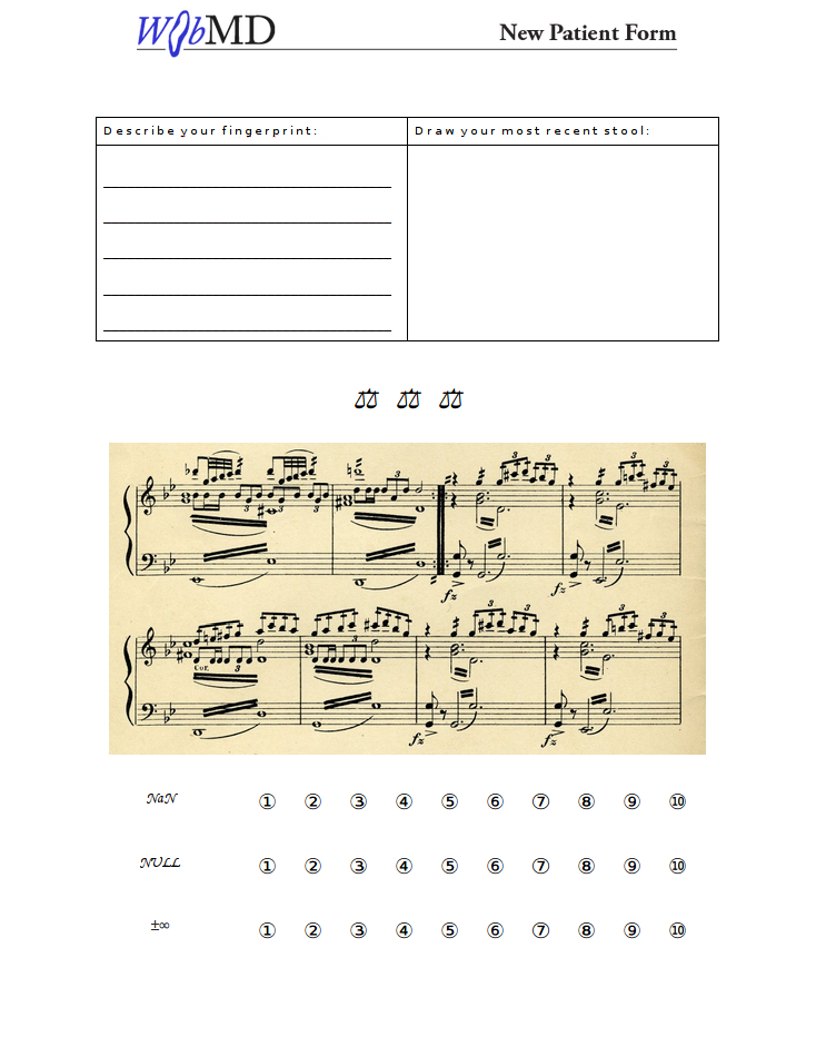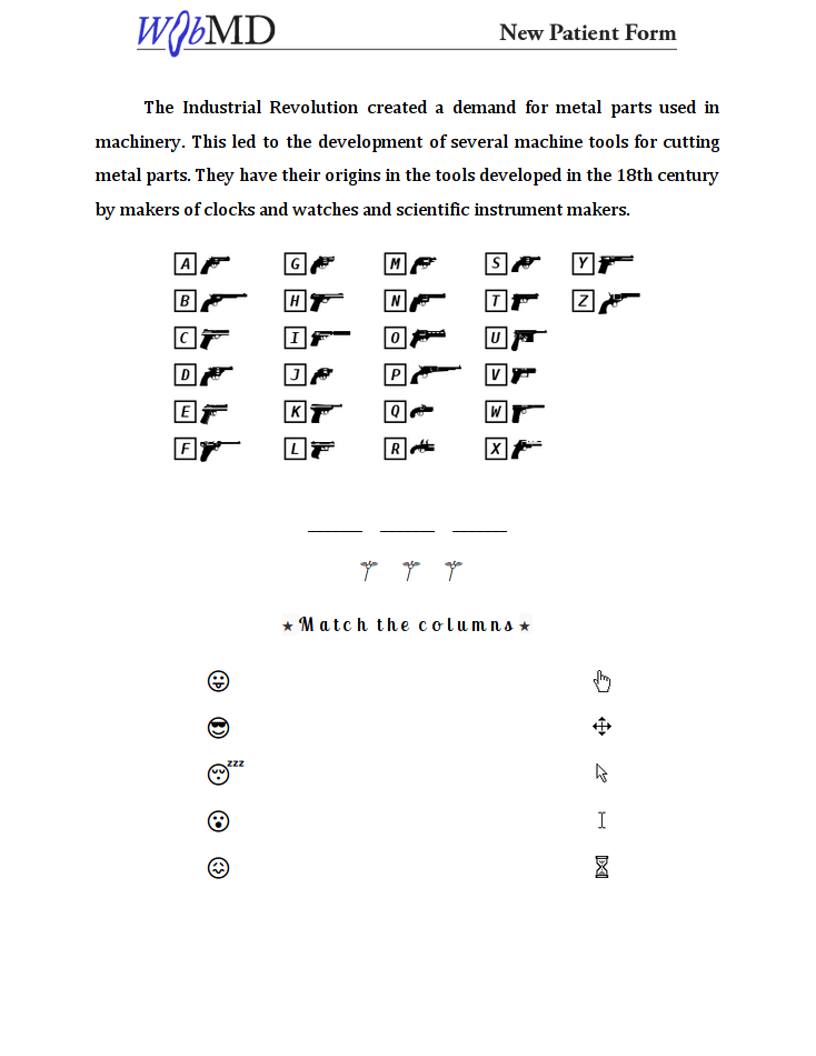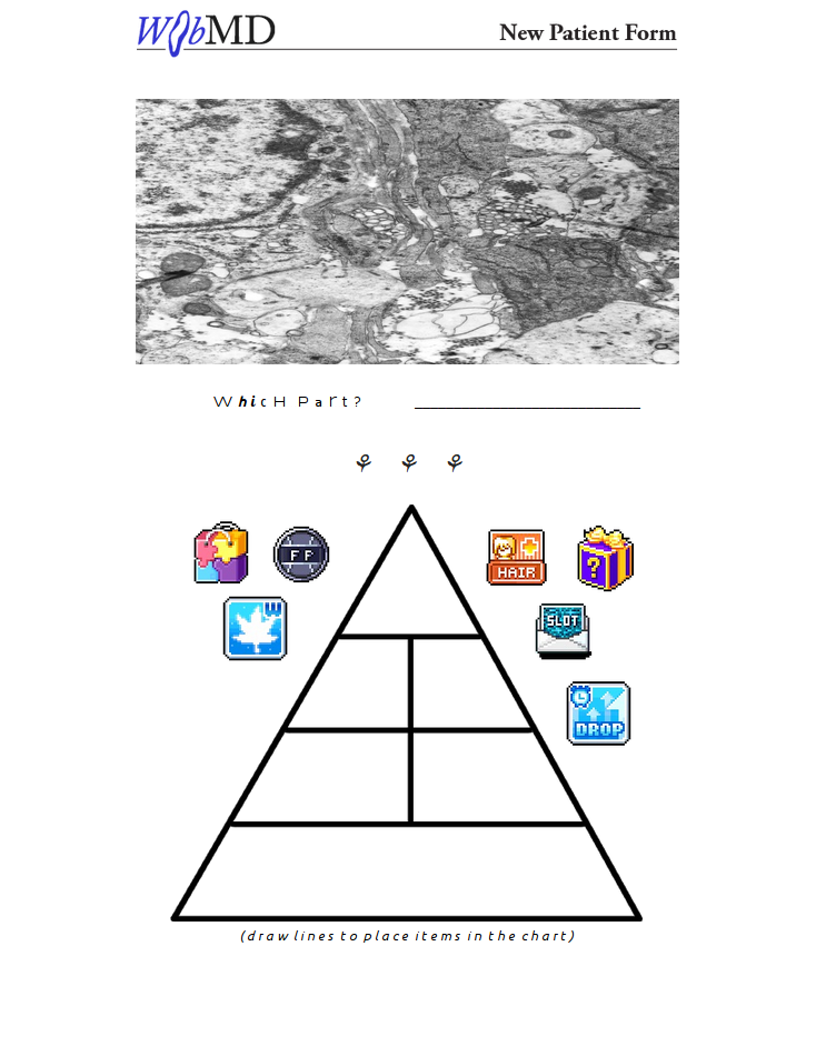<?php
namespace entities\html;
class Image extends Element
{
public function __construct($src, $id=null, $class=null)
{
parent::__construct("img", $id, $class, false);
$this->add_attribute("src", $src);
}
}
<?php
namespace entities\html;
class Form
{
public function __construct($id=null)
{
$this->id = $id;
}
public function __toString()
{
return $this->build_html();
}
private function build_html()
{
$markup = "<form method=\"post\"";
if (!is_null($this->id))
{
$markup .= " id=\"" . $this->id . "\"";
}
$markup .= ">\n";
$markup .= $this->build_content();
$markup .= "</form>\n";
return $markup;
}
protected function build_content()
{
return " \n";
}
}
<?php
namespace entities\html;
class Meta extends Element
{
public function __construct($content, $name=null, $http_equiv=null)
{
parent::__construct("meta", null, null, false);
$this->add_attribute("name", $name);
$this->add_attribute("http-equiv", $http_equiv);
$this->add_attribute("content", $content);
}
}
<?php
namespace entities\evr;
class Trailer extends \entities\html\IFrame
{
public function __construct()
{
parent::__construct(
"trailer", $GLOBALS["TRAILER_URL"], $GLOBALS["TRAILER_WIDTH"],
$GLOBALS["TRAILER_HEIGHT"]);
$this->add_attribute("webkitAllowFullScreen", true);
$this->add_attribute("allowFullScreen", true);
}
}
<?php
namespace entities\evr;
use \entities\html as html;
class Emoticon_Vs_Rainbow extends html\Page
{
private $markup = "";
public function __construct()
{
parent::__construct($GLOBALS["PAGE_TITLE"]);
}
protected function build_content()
{
$markup = new html\Image(
$GLOBALS["LOADING_ANIMATION_PATH"], "loading_animation");
$markup .= new html\Script($this->build_script_path());
return $markup;
}
private function build_script_path()
{
return $this->determine_script_root() . $GLOBALS["GAME_PATH"];
}
private function determine_script_root()
{
$path = "src/game/stable/";
if ($this->visitor_is_local() || isset($_GET["v"]))
{
if (!isset($_GET["s"]))
{
$path = "src/game/volatile/";
}
}
return $path;
}
private function visitor_is_local()
{
$localhost = "127.0.0.1";
$network = "/^192\.168\.0\..*/";
$address = $_SERVER["REMOTE_ADDR"];
return $address == $localhost || preg_match($network, $address);
}
}
<?php
namespace entities\evr\security;
class Password_Mail extends Mail
{
public function __construct($recipient, $password)
{
parent::__construct(
$recipient, $GLOBALS["EMAIL_SENDER"],
$GLOBALS["NEW_PASSWORD_SUBJECT"]);
$this->password = $password;
}
protected function build_message()
{
$message = $GLOBALS["NEW_PASSWORD_PREFACE"] . " ";
$message .= $this->password . "\n";
return $message;
}
}
<?php
namespace entities\evr\security;
class Cookie
{
public function __construct()
{
$this->name = $GLOBALS["COOKIE_NAME"];
}
public function exists()
{
return isset($_COOKIE[$this->name]) && $_COOKIE[$this->name] != "";
}
public function set($username, $hash)
{
$value = "$username|$hash";
$expiration = time() + 60 * 60 * 24 * 30;
$domain = $_SERVER["HTTP_HOST"];
setrawcookie($this->name, $value, $expiration, "/", $domain);
}
public function get()
{
return $_COOKIE[$this->name];
}
public function get_username()
{
$fields = explode("|", $this->get());
return $fields[0];
}
public function get_hash()
{
$fields = explode("|", $this->get());
return $fields[1];
}
}
<?php
namespace entities\evr\security;
class Mail
{
public function __construct($recipient, $sender, $subject)
{
$this->recipient = $recipient;
$this->sender = $sender;
$this->subject = $subject;
}
public function send()
{
$header = $this->build_header();
$message = $this->build_message();
return mail($this->recipient, $this->subject, $message, $header);
}
private function build_header()
{
$header = "From: " . $this->sender . "\r\n";
$header .= "Content-Type: text/plain\r\n";
return $header;
}
protected function build_message()
{
return "default message\n";
}
}









